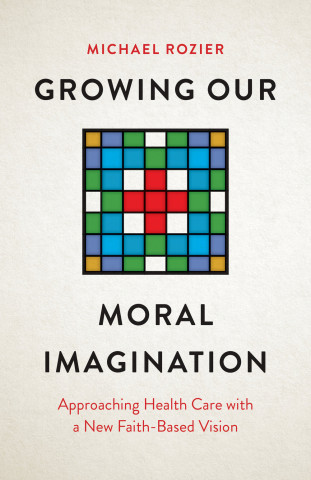
Reviews
Books like Sandler's restore ethnicism's good name.
As a professional historian who writes about Baltimore, I learned much from this book, and I spent several delightful evenings visiting a little world that is now rapidly moving from living memory into the silence of history.
The Jewish community of Baltimore has made important and substantial contributions to the cultural, business, and professional life of Baltimore City. No one knows Baltimore—and Baltimore's Jewish community—better than Gil Sandler. He's an extraordinary spokesman for an extraordinary community.
At last we have a book that captures the rich texture of Jewish life here in Baltimore. This is a great read, filled with energy and animation. Gil Sandler's stories, profiles, and anecdotes capture the spirit of earlier generations and are superbly complemented by a wonderful array of photographs. I recommend Jewish Baltimore to everyone interested in the history of a great ethnic community.
Gil Sandler has successfully—and delightfully—attacked a venerable fortress of fact, fiction, and sentimental memories. The entertaining reportage of his research will evoke admiration and some argument. He will arouse in others a host of additional mental gymnastics that will be a rich mixture of truth and applied imagination. He owes his audience a subsequent volume of explorations into that arena, where he exhibits such formidable skills.
Gil Sandler has given us an important work of ambitious scope. It's a classic saga of an extraordinary community's social, economic, and religious experience. It's all here in one amazing reading.
In his latest book on Baltimore history, Gil Sandler chronicles the ventures and adventures of the city's Jewish community. Told with wry humor and unabashed affection for his subject matter, he offers reflections on a history deeply entwined with that of all its citizens; for the remarkable legacy of that community is to be found throughout Baltimore's major political, social and cultural institutions. It is a book for everyone to savor.
Those weary refugees from Eastern Europe, peering at the skyline of Locust Point and full of dread for the future, might have had their fears softened if they knew they were not coming into America as 'strangers in a strange land' but into a Jewish America holding out receptive arms. Baltimore's Jewish community by 1910 was over half a century old and offered a rich cultural and religious life, the largess of men of wealth, power, and influence, and an infrastructure built to take care of their own. These earlier arriving Jews were already well settled in developing neighborhoods, with both German and Russian Jews energetically working their way up the ladder of the American dream.






